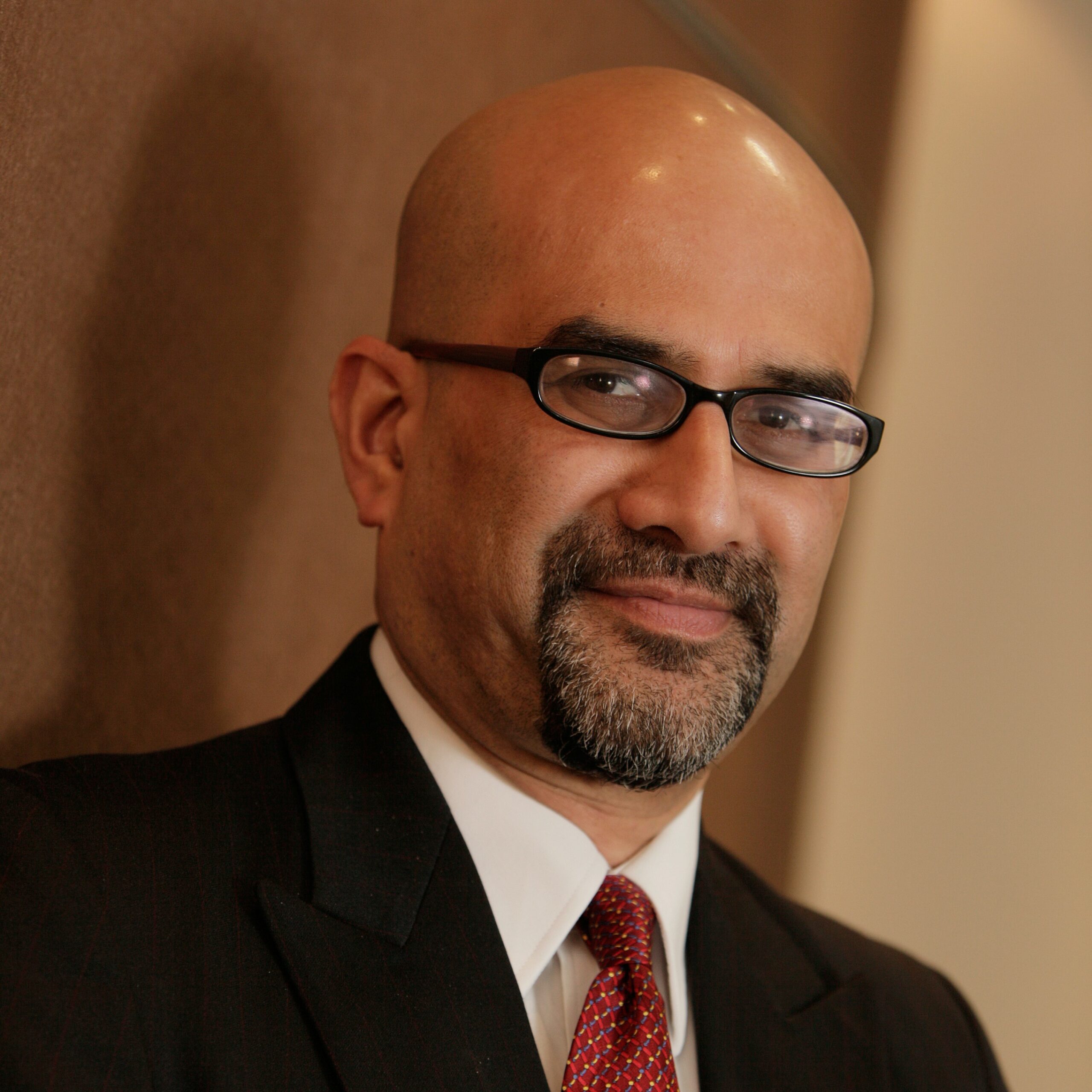AI is transforming financial services
Never in recent history have we seen the convergence of two super trends on the scale of blockchain and cryptocurrencies, and artificial intelligence (AI). The adoption of cryptocurrencies has exploded. There are now 70 million cryptocurrency wallets, which starts to approach about 1% of the global population. The massive influx of new users and new money has led to significant interest and support from major financial investors and institutions alike.
By Janet Adams, Consultant, International Compliance Association
Combine the developments in cryptocurrencies with the increasing use of AI and Robotics Process Automation (RPA) and it creates an interesting dynamic. Forbes predicted: “2021 is the year when AI will go mainstream,” while a report by McKinsey stated: “Banks need to deploy AI at scale, to remain relevant and to become AI-first institutions.”
The impact of the pandemic

Covid-19 has also played its part. Previously, public perception of AI and RPA in the western world was tinged with a concern for robots stealing people’s jobs. Now, the general public can increasingly see how technology can help keep people safe. With Covid-19 the unimaginable happened. Although it has resulted in catastrophic consequences, such a moment of change has also opened the door to the emergence of new technologies and business models.
Put cryptocurrencies and AI together and, as we head into the next decade, the results could be astonishing. These seismic shifts are underpinned by enablers including cloud computing, big data, payments innovation, plus increased competition from the likes of Amazon, Apple and Google which are all entering the financial services space. This environment is set against a backdrop of a shift in customer expectation with millennials, disillusioned with old banking structures and open to embracing new ways of managing finance and payment transactions.
Centralised finance will need to find ways to compete and thrive; for example by collaborating with decentralised finance, and working together to evolve a new world economic structure to provide better products for the societies we serve. It is now an imperative that banks learn how to deploy AI safely and effectively, with appropriate skills and frameworks in place to maximise AI’s benefits while minimising its risks.
Regulation and ethics
However, regulation needs to keep pace and evolve to meet these changing requirements. In 2020, I reviewed the guidance from around the world from all government and public bodies. At the time there were in the region of 22 published speeches on the subject of risk management of AI.
My aim was to identify the requirement for safe and ethical implementation of AI in banking and how it could become compliant and ensure fair outcomes for customers, while serving market integrity. The model I proposed at the 2020 IEEE International Conference on Fuzzy Systems inextricably links accountability and explainability as the key for successful AI implementation in financial services. These overarching principles need to be underpinned by the right governance and compliance.
To establish risk and governance frameworks effectively, for safe and ethical implementation of AI, transparency of algorithms (and how they are used) is also important. Human autonomy and respect in the way we ensure we are not using AI to nudge people to limit choices and reduce human self-agency is necessary.
Robustness and operational resilience of technology is critical for success, and AI implementations must be accurate and able to supply reliable results. Fairness, reliability and accessibility is also important to ensure we are inclusive in our implementations.
From an ethical perspective, our AI implementations must benefit society as a whole and be in-line with organisational and personal principles and values to retain the authenticity of our work.
The education is there. We all need to learn, change, adapt and grow to be part of this new movement.
The International Compliance Association (ICA) is the leading professional body for the global regulatory and financial crime compliance community, and provides support, training and qualifications to compliance professionals.













